Wild West showman who came and conquered Sheffield
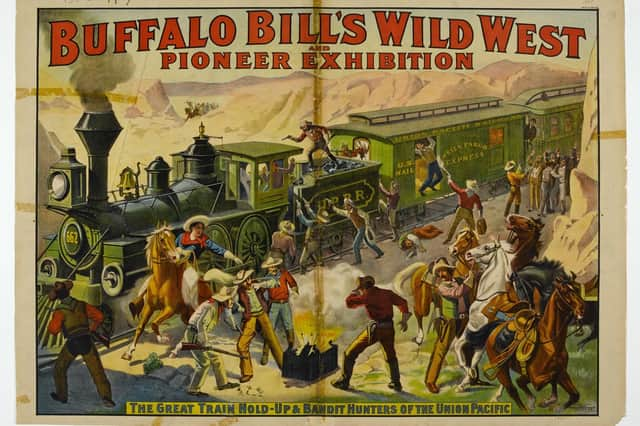

He pioneered the Wild West show as a form of popular entertainment on an international scale, laid the foundations for the birth of rodeo and successfully marketed the myth of the American frontier. Â
Buffalo Bill Cody came on the first on his three visits to the UK in May 1887 and thousands lined the streets when the exhibition made its way to Earl's Court in London for the American Exhibition.
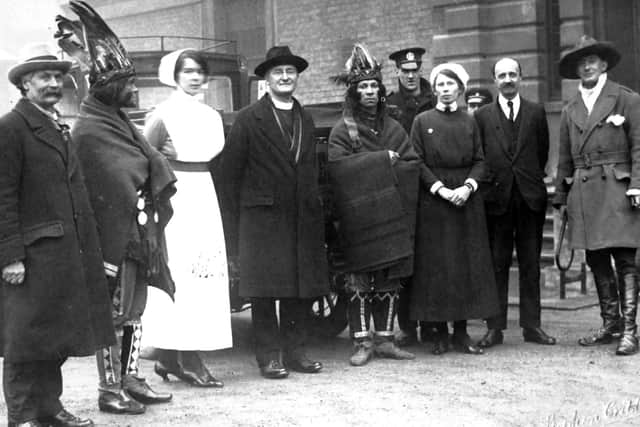

Advertisement
Hide AdAdvertisement
Hide Ad On its opening night 28,000 people were there to see the splendour that was Colonel Cody's Wild West. Cody presented a vision of the American West that the audiences believed was rooted in authenticity. Â
He travelled with a troupe of over 800 people including Annie Oakley, the champion lady shooter, and Native Americans from the Lakota Sioux tribe.
The travelling menagerie accompanying the set pieces consisted of 180 horses, 18 buffalo with which Cody recreated his legendary days as a buffalo hunter, and elks, mules and Texas longhorns adding the finishing touches to the authenticity of his exhibition. Â Â
Buffalo Bill would return again in 1891-2 and finally from 1902 to 1904.
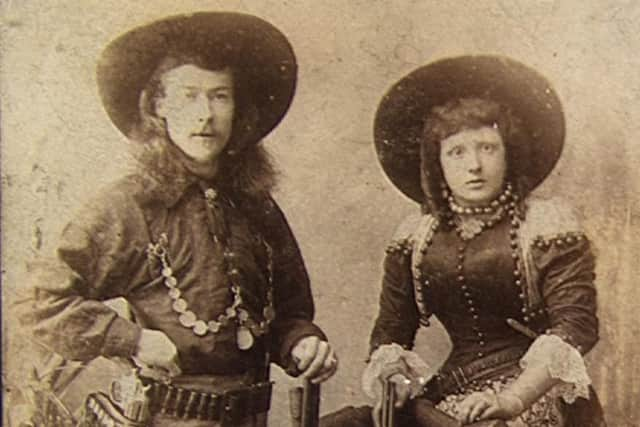

Advertisement
Hide AdAdvertisement
Hide AdIn August 1891, advertisements in the Sheffield press announced that '˜Buffalo Bill's Wild Original and Only Wild West representation' would be visiting Sheffield for one week only. Â
The site was Owlerton, the venue would be a large arena, 200 yards long and 90 yards wide, capable of holding up to 15,000 people under its canvas roof for two shows daily from August 10-17.
Some 72 railway carriages transported the show from Manchester, including 200 horses, 300 personnel, a herd of buffalo, cowboys, the famous Deadwood stage, Mexicans and 90 member of the Lakota tribe, including a small boy orphaned at Wounded Knee.
A detachment of the show paraded on the opening day at 10am with the following route advertised - Â Owlerton -Â along Penistone Road, Shalesmoor, West Bar, Snig Hill, Angel-street, Fargate, Pinstone-street, Sheffield Moor, Fitzwilliam-street, Glossop-road, Gell street, St Phillips road and Langsett road.
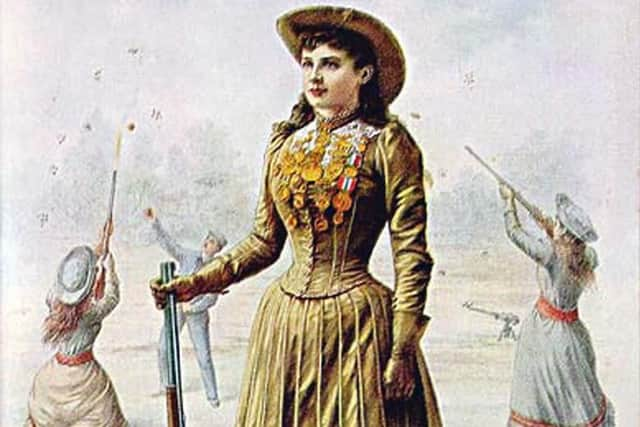

Advertisement
Hide AdAdvertisement
Hide Ad Thousands lined the streets, despite the pouring rain with the torrential weather conditions continuing for the first few shows.  Reviews were unanimous '“ 'programme of spectacles such as have never yet been witnessed in Sheffield', and 'remarkable combining education with entertainment'.
Included in the show were 90 members of the Lakota Sioux tribe, some of who had been part of the tragic Wounded Knee assault and had in their possession the famous Ghost Dance shirts.  Tragically one of their party, Eagle Star, lost their life after breaking his ankle during the show on August 14. Â
Despite being treated at Sheffield Infirmary, he died a week later. Following an inquest, his body was taken by rail to Brompton Cemetery in London where it lay until 1999, when it was repatriated by members of the Sioux Nation to the Lakota Cemetery.
In 1902, Cody returned for his final and most extensive British tour and between 1902 and 1903, presenting more than 100 performances of his exhibition, and in 1904, travelled over 4,000 miles by train, making more than 130 appearances. Â
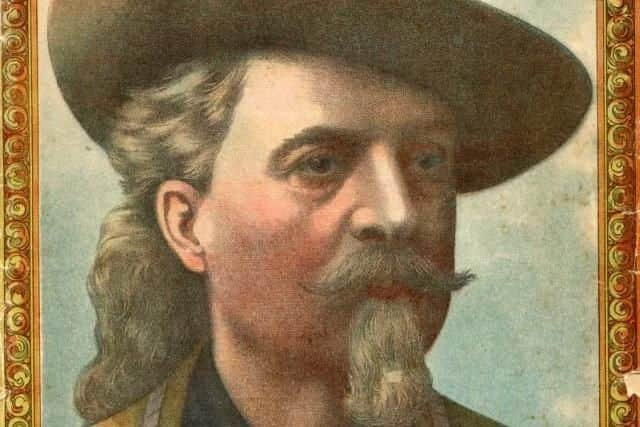

Advertisement
Hide AdAdvertisement
Hide AdA lasting testament of the success of this form of entertainment could be found on the British fairgrounds after his final visit. Wild West shows were incorporated into circus and menagerie shows and British performers perfected their sharp shooting western acts.
One of the most successful was William Benjamin Shufflebottom, a showman from Lancashire, who became known as Texas Bill. Texas Bill and his wife raised 10 children to continue the family tradition.
Three of his sons, Richard, Wally and William, continued to travel in Wild West shows, which were a popular attraction on the travelling fairs appearing as the Colorado's, Texans, the Texas Jacks and the Dakotas well until the 1960s.
Perhaps the most successful British-born '˜cowboy'Â was Ralf Norman, son of Tom Norman, the Silver Dollar King, who appeared on live shows, television and rodeos in America as Hal Denver from the 1930s to the 1950s.
Advertisement
Hide AdAdvertisement
Hide AdDuring his long and successful career as a Wild West performer, he held the world record for spinning the largest lariat, appeared alongside Elvis Presley and Gene Autry on the Ed Sullivan Show and worked with the Ringling Bros and Barnum & Bailey's Circus.
Buffalo Bill was without doubt one of the greatest and most influential showmen in the history of popular entertainment and arguably the most recognisable American of the time.
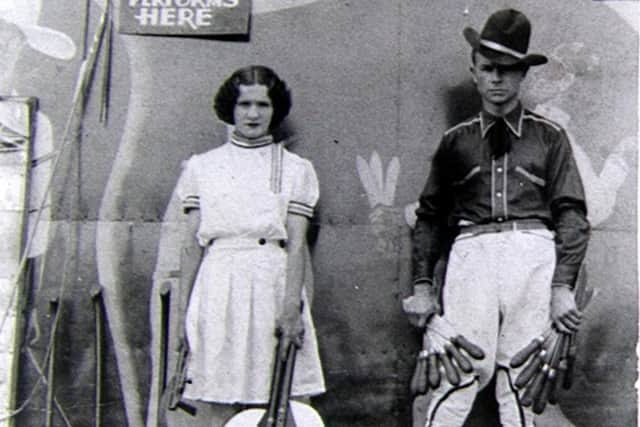

The Wild West was a living ethnographic extravaganza combing the educational and exotic with the spectacle of the circus and theatre.
His visits to the UKÂ informed and shaped how the American West was to be perceived and in the words of a local reviewer:Â 'Buffalo Bill has come, we have seen and he has conquered'.